
Pregnant women who contract COVID-19 in the third trimester unlikely to pass virus on to baby
BETHESDA, Md. — The third and final trimester of pregnancy is a critical time for mother and child. No parent wants anything to happen that could compromise the delivery. So what happens if the mother-to-be contracts COVID-19? Researchers with the National Institutes of Health are putting some concerns to rest, finding that pregnant women are not likely to pass the coronavirus to their babies during this time.
Researchers tested 64 pregnant women who contracted SARS-CoV-2, the virus which causes COVID-19, and the results reveal none of them gave birth to a child testing positive for the illness. None of the virus made its way into the patient’s bloodstream or placenta. Researchers did however find the virus in the fluid in the expecting mother’s lungs, nose, and throat.
The research team cautions their results don’t guarantee women can’t transfer COVID to their infants, since the study size only examined 64 women in their third trimesters. Regardless, scientists say the findings are positive when it comes to virus transmission.
“This study provides some reassurance that SARS-CoV-2 infections during the third trimester are unlikely to pass through the placenta to the fetus, but more research needs to be done to confirm this finding,” says Dr. Diana Bianchi, director of the National Institute of Child Health and Human Development (NICHD), in a media release.
Antibody surprises during pregnancy
Study authors also examined another 63 pregnant women who did not have coronavirus and 11 women with COVID who were not pregnant for comparison. Researchers discovered the risk of reduced blood flow in the placenta is higher for women who suffer the most severe cases of COVID-19.
The team noticed lower than expected levels of protective antibodies in umbilical cord blood, but strangely much higher levels of influenza-specific antibodies. Researchers believe this may come from flu vaccinations, suggesting that COVID antibodies do not pass through the placenta as well as some others. The results also show only a very low level of COVID antibodies made it to the unborn child, raising more questions.
Study authors note it will be important to figure out why these maternal antibodies are less likely to reach the placenta and whether this reduced antibody transfer leaves newborns more vulnerable to the SARS-CoV-2 virus.
Researchers add it will also be important to determine how lower levels of maternal SARS-CoV-2 antibodies may impact babies born premature. The study finds COVID-19 may increase the risk of preterm labor.
The findings appear in the journal JAMA Network Open.
SWNS writer William Janes contribute to this report.
Education currently is somewhat in turmoil in America, but one thing is for sure: Alpha-Phonics is possibly the best phonics reading instruction program for teaching your own Children to become excellent readers. If you are interested in teaching your own Kids to read, please take minute to peruse the information below:
WEBSITE TESTIMONIALS CATHY DUFFY REVIEW
OTHER REVIEWS AWARDS HOW TO ORDER



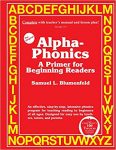



 excused, Jackson said, noting that the district has an “absent without leave policy,” through which “individuals who are refusing to report to work and who will be considered absent without leave will face progressive discipline.”
excused, Jackson said, noting that the district has an “absent without leave policy,” through which “individuals who are refusing to report to work and who will be considered absent without leave will face progressive discipline.”

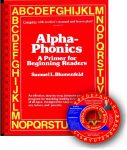
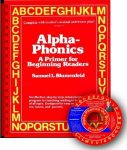 Among other findings, the analysis discovered that the “taxpayer cost of tax credit scholarships is significantly less than the taxpayer cost of educating scholarship students in the public schools — saving taxpayers a total of $53.2 million in academic year 2018-19.”
Among other findings, the analysis discovered that the “taxpayer cost of tax credit scholarships is significantly less than the taxpayer cost of educating scholarship students in the public schools — saving taxpayers a total of $53.2 million in academic year 2018-19.”


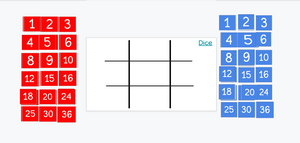



 In the course of their research, the academics found that only half of individuals born in the 1980s earned more than their parents.
In the course of their research, the academics found that only half of individuals born in the 1980s earned more than their parents.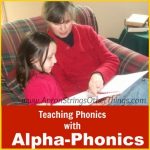 responsible for the decline in upward mobility, the decline in mobility has mostly been due to an economic distribution that increasingly favors the wealthy.
responsible for the decline in upward mobility, the decline in mobility has mostly been due to an economic distribution that increasingly favors the wealthy. Alpha-Phonics
Alpha-Phonics The Alphabet Song!
The Alphabet Song! Water on the Floor
Water on the Floor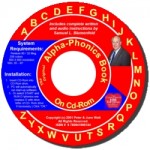 Alpha-Phonics the Book on CD Rom
Alpha-Phonics the Book on CD Rom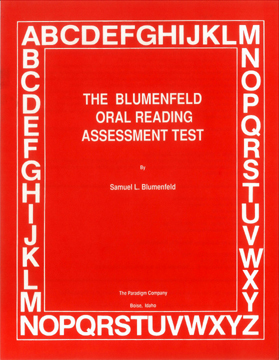 Blumenfeld Oral Reading Assessment Test
Blumenfeld Oral Reading Assessment Test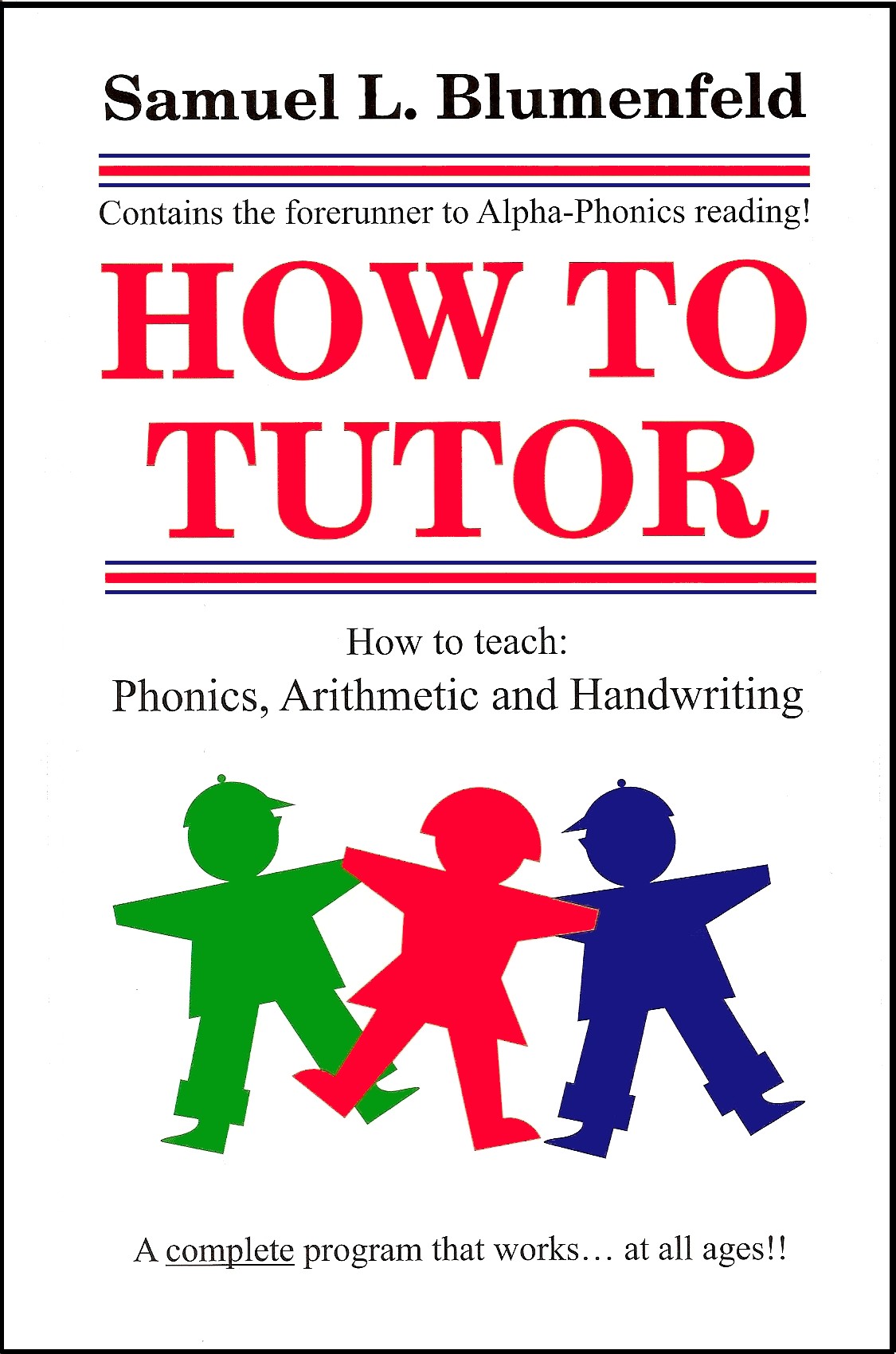 How To Tutor
How To Tutor How To Tutor Cursive Handwriting Workbook
How To Tutor Cursive Handwriting Workbook
Did you know every year many tens of thousands of parents teach their own children to READ? A great many of them have used Alpha-Phonics because they have found it can easily be used to teach their children to read. Your Children can make a lot of headway in only a couple of months with this time proven program. Alpha-Phonics is easy to teach, is always effective and requires no special training for the Parent. It works ! And it is very inexpensive. You CAN DO it !! Follow the links below to learn all about the time-tested (37 + years) Alpha-Phonics program:
WEBSITE TESTIMONIALS CATHY DUFFY REVIEW
OTHER REVIEWS AWARDS HOW TO ORDER